In Ganghwado, the ancient stone dolmens rise majestically from the earth, whispering secrets of a long-lost civilization, while just a stone’s throw away, the DMZ Observatory offers a stark, breathtaking view of North Korea’s rugged terrain. Visitors often find themselves lost in thought, contemplating the rituals of ancestors who once roamed these lands and the contemporary tensions that define the peninsula today. As the sun sets behind the observatory, casting long shadows over the landscape, one can’t help but wonder how these sites weave together tales of history and hope for the future. What stories lie waiting to be uncovered?
Key Points
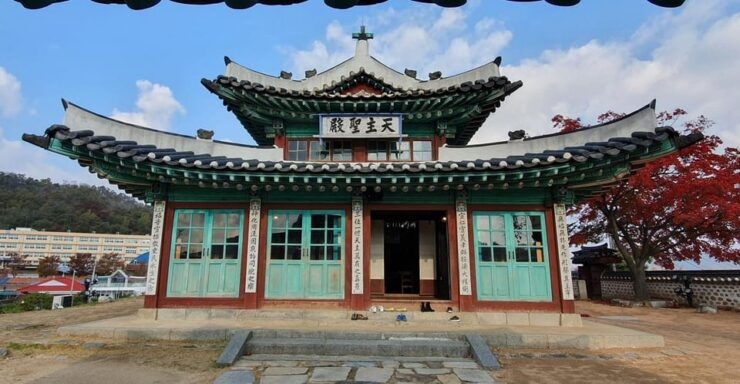
- The UNESCO Dolmen site in Ganghwado features ancient Bronze Age stone tombs, offering insight into Korea’s burial practices and history.
- The DMZ Peace Observatory provides stunning views of North Korea, fostering contemplation on the separation of the Korean peninsula.
- Local guides share engaging stories, connecting visitors with the cultural significance of the dolmens and the DMZ area.
- Visitors can explore the Hanok-style Anglican Church, which reflects a blend of traditional architecture and Korea’s cultural heritage.
- The tour includes expert guidance, transportation, and opportunities for cultural engagement, enhancing the overall experience.
Tour Overview
Embarking on a journey to the UNESCO heritage Dolmen site and the DMZ observatory in Ganghwado offers travelers a unique glimpse into Korea’s rich history and the poignant reality of its divided landscape.
Visitors marvel at the towering stone structures, remnants of ancient burial practices, that whisper tales of the Bronze Age. The guide’s passionate stories weave the past with the present, bringing history alive.
As they gaze through binoculars at North Korea’s distant hills from the DMZ observatory, a hush falls over the group, each person contemplating the weight of separation. A sense of unity emerges, transcending borders.
With every step, they embrace the serene beauty and deep cultural significance of the journey, creating lasting memories that resonate long after they leave.
Interested in history? More Incheon historical sites we've covered
Key Attractions
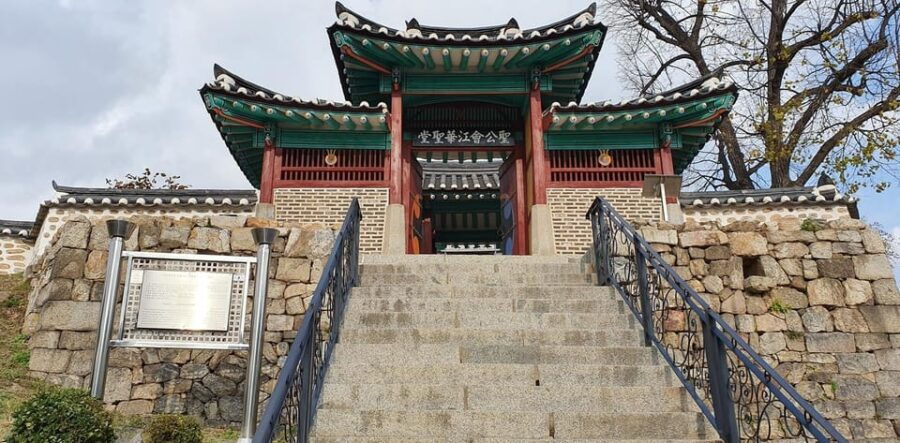
The striking Dolmen site, a UNESCO World Heritage gem, captivates visitors with its ancient stone tombs, while the DMZ Peace Observatory offers a poignant view of North Korea’s rugged landscape, blending history with the present-day reality of a divided nation.
Visitors wander among the gigantic, weathered stones, imagining the Bronze Age rituals that once took place. One traveler recalled feeling a profound connection to the past, as if the spirits of the ancients lingered nearby. The site’s serene atmosphere contrasts sharply with the bustling modern world.
Nearby, the Hanok-style Anglican Church stands as a testament to cultural fusion, its traditional architecture inviting travelers to pause and reflect. Each attraction offers a unique glimpse into Korea’s rich history and complex identity.
DMZ Peace Observatory
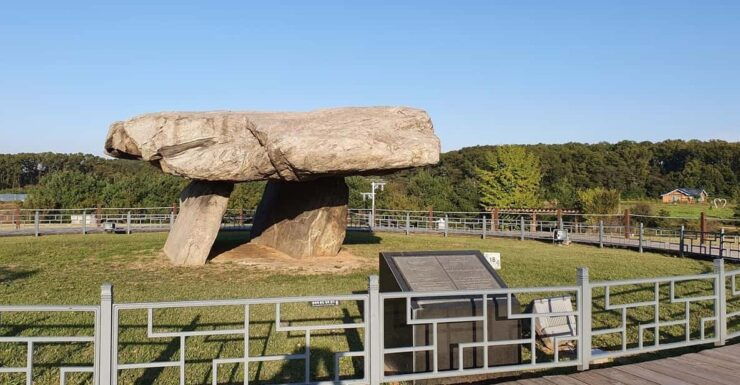
Visitors often find themselves awestruck at the DMZ Peace Observatory, where expansive views of North Korea unfold dramatically against the backdrop of a complex history.
The observatory, perched just 2 kilometers from the Military Demarcation Line, draws people into a moment of reflection. As they gaze through powerful telescopes, they can see the distant outlines of villages and the iconic North Korean flagpole, sparking conversations about peace and division.
Many recount their emotions—some feel a deep sense of hope, while others grapple with the weight of the past. The air buzzes with stories of families separated by borders, making the experience deeply personal.
Here, history becomes tangible, encouraging visitors to ponder the future of a unified Korean peninsula.
UNESCO Dolmen Site
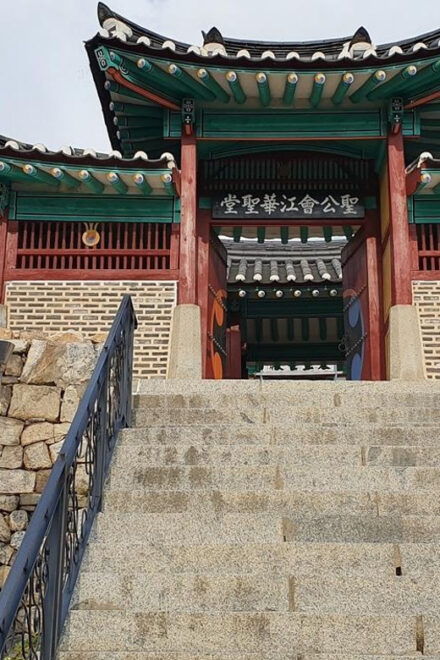
Just a short drive from the DMZ Peace Observatory, the UNESCO Dolmen site reveals ancient stone tombs that whisper tales of the Bronze Age, inviting exploration into a time when rituals and beliefs shaped the lives of early Koreans.
Visitors stroll among massive stone structures, marveling at their sheer size and mysterious purpose. The air feels thick with history, as each dolmen stands as a silent sentinel, guarding secrets of a bygone era.
Local guides share captivating stories of ancestors who once gathered here for ceremonies. One traveler recalls feeling a profound connection to the past, as if the spirits of those early Koreans lingered nearby, urging them to remember their legacy.
It’s a poignant reminder of humanity’s enduring quest for meaning.
More Great Tours NearbyCultural Highlights
Rich in history and tradition, the cultural highlights of the UNESCO Dolmen site and DMZ Observatory offer a captivating glimpse into Korea’s ancient past and its modern geopolitical landscape.
Visitors often find themselves awestruck by the towering stone dolmens, remnants of a bygone civilization that spark conversations about the lives of those who once thrived here.
Standing at the DMZ Observatory, they gaze across the border, feeling the weight of history while contemplating Korea’s divided present.
Anecdotes from local guides echo the resilience of the Korean spirit, fostering a deeper understanding of the region’s struggles and triumphs.
The Hanok-style Anglican Church adds a unique cultural touch, inviting contemplation amidst the backdrop of nature and history, uniting the past and present beautifully.
- Sparkling of Korea 8days 7nights Temple Stay and KTX Train
- Layover Tour for Essential Seoul City & Gourmet Tour(Incl. Lunch & Dinner)
- Seoul Luggage Delivery Service by Luggez
- Private Transfer From Seoul Incheon Airport (Icn) to Seoul Hotels
- Private DMZSPYTOUR From Incheon Airport
- Cruise Layover Tour : Full-day Customizable Private Seoul Highlight Tour
Tour Inclusions
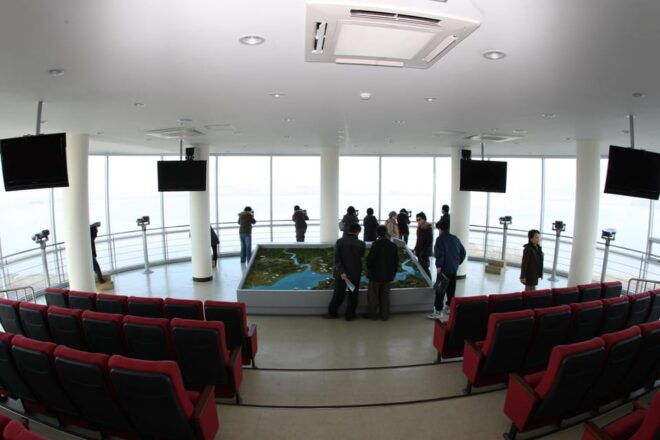
The tour package includes a knowledgeable guide who brings to life the stories of the Dolmen site and DMZ, ensuring an enriching experience filled with cultural insights and historical anecdotes. Guests will appreciate the seamless journey, as they embark on a captivating adventure through time and history.
Tour inclusions feature:
Expert guide: A professional leading the exploration with passion.
Complimentary transportation: Enjoy the ease of a private car, whisking you to each destination.
Smartphone photos: Capture memories with free snapshots, preserving the day’s adventures.
Cultural engagement: Interact with local history and traditions firsthand.
Convenient pickup: Start your journey hassle-free from your hotel lobby.
With each element, the tour paints a vivid picture of Korea’s rich heritage.
Additional Costs
While the tour offers many inclusions that enhance the experience, guests should be aware of additional costs that may arise during their adventure.
Meals and drinks aren’t covered, so travelers often find themselves savoring local cuisine at charming eateries, where spicy kimchi and savory bulgogi tantalize the taste buds.
Entrance fees of $3 per person to some sites can add up too.
Personal expenses might include unique souvenirs, like handcrafted pottery or traditional textiles, that capture the spirit of Ganghwado.
Plus, tipping is mandatory, reflecting the respect for service received.
Guests might also consider travel insurance for peace of mind, especially when exploring such a historically rich area.
Important Guidelines
Travelers embarking on this unique journey should keep in mind several important guidelines to ensure a smooth and enjoyable experience. From the ancient stone tombs to the mesmerizing views of North Korea, preparation enhances every moment.
Dress comfortably for walking and weather changes.
Bring a camera to capture breathtaking landscapes.
Respect local customs at historic sites.
Keep personal belongings secure, especially at crowded spots.
Plan for additional costs, like meals and tips.
Questions You May Have
How Long Is the Drive From Seoul to Ganghwado?
The drive from Seoul to Ganghwado typically takes around an hour and a half. Along the way, travelers enjoy scenic views of lush countryside and glimpses of Korea’s rich history, evoking a sense of adventure and exploration.
Are There Restroom Facilities Available During the Tour?
During the tour, participants appreciate the convenience of restroom facilities. They often share stories of exploring scenic spots, enjoying local culture, and savoring moments of tranquility amidst the journey, making the experience even more memorable.
Can I Take Photos Inside the Dolmen Site?
Visitors often find themselves enchanted, capturing memories through their cameras. However, they should respect the site’s cultural significance, as photography may be restricted, ensuring the preservation of its ancient beauty and historical essence for future generations.
Is There a Dress Code for the Tour?
She learned there’s no strict dress code for the tour, but comfortable shoes are recommended. As they strolled through cultural sites, she enjoyed the vibrant atmosphere, soaking in history and breathtaking views.
What Happens if It Rains on the Tour Day?
If it rains on tour day, they’ll provide umbrellas and adjust the itinerary. The guide shares stories about the historical significance, creating a cozy atmosphere as raindrops dance on the vibrant landscapes around them.
Break Down
As visitors leave the UNESCO Heritage Dolmen Site and DMZ Observatory, they carry with them a tapestry of emotions woven from ancient stones and the poignant vistas of North Korea.
The echoes of ancestral rituals resonate in their hearts, while the stark beauty of the DMZ stirs reflections on hope and unity.
Each step taken through this land of contrasts deepens their appreciation for Korea’s rich history, leaving an indelible mark on their souls and a yearning for peace.
You can check availability for your dates here: More Great Tours NearbyMore Historical Tours in Incheon
More Tour Reviews in Incheon
- Incheon Private Tour| Luge/Jo Yang Bangjik Cafe/Jeondeungsa
- Incheon Private Tour | Luge / Honey Rice Cake / Amoene Cafe
- One Day Incheon Highlights Tour With Private Car
- Seoul to Incheon: Cultural Highlights and Urban Discovery
- Barrier-Free Tour in South Korea
- Try Find Your Better Than Us ! Airport Transfer Service in Incheon HTL-APT (Icn)
Looking for something different? Other Incheon activities we've written about
- 11 Best Tours In Incheon
- 9 Best Airport Transfers In Incheon
- 15 Best Private Driver Services In Incheon
- 2 Best Historical Tours In Incheon
- 4 Best City Tours In Incheon
- Incheon Private Tour| Luge/Jo Yang Bangjik Cafe/Jeondeungsa
- Incheon Private Tour | Luge / Honey Rice Cake / Amoene Cafe
- One Day Incheon Highlights Tour With Private Car
- Unesco Heritage Dolmen Site & DMZ Observatory in Ganghwado
- Seoul to Incheon: Cultural Highlights and Urban Discovery
- Barrier-Free Tour in South Korea
- Try Find Your Better Than Us ! Airport Transfer Service in Incheon HTL-APT (Icn)
